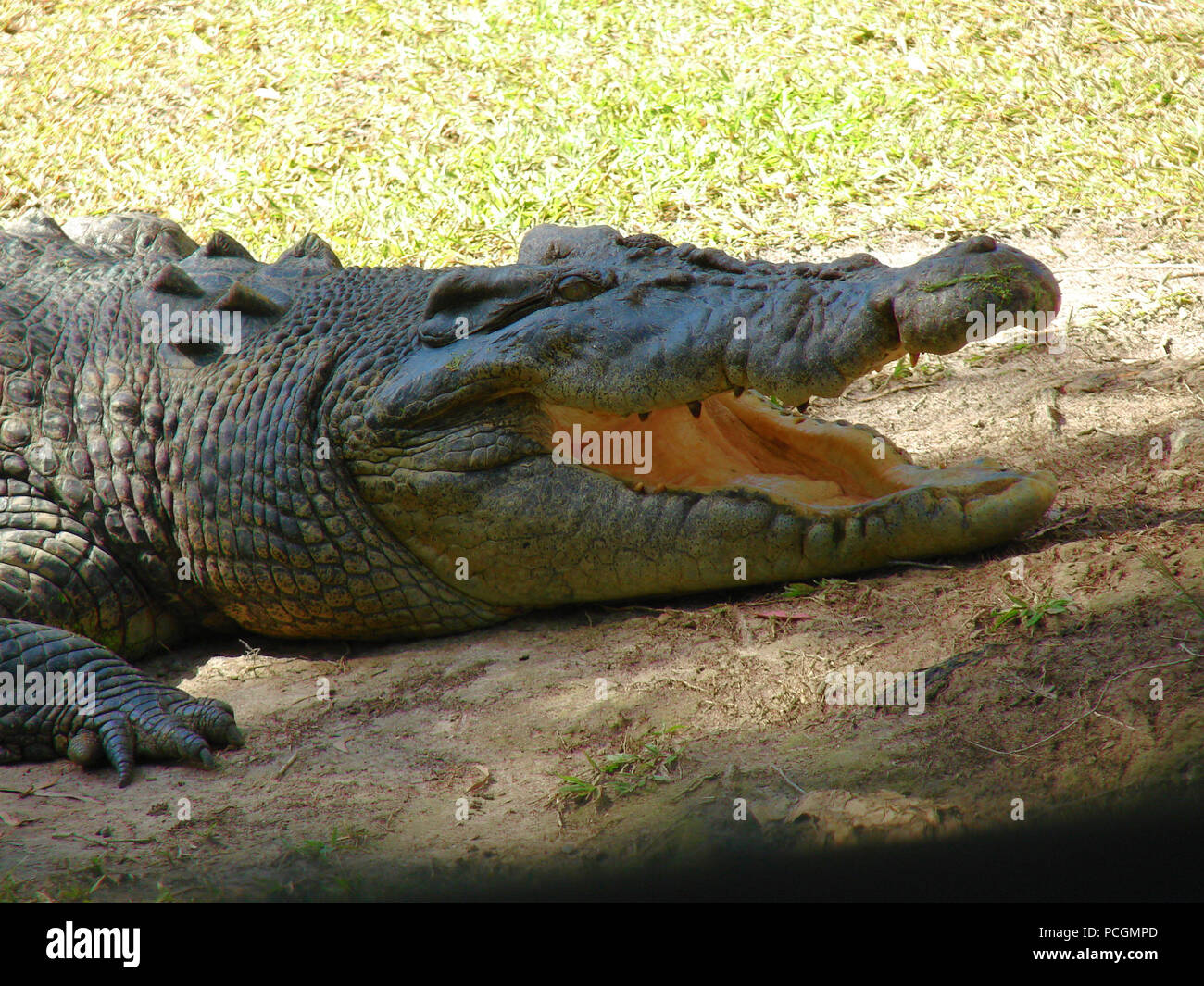
But with the requirement to cull marsupials still in place, there was a significant increase in the already popular practice of baiting with strychnine poisoning. The popularity of the bounty systems made them unaffordable for state governments so they abandoned payments after several years, says University of Sydney Professor Chris Dickman. It was incorporated to the Pastures and Stock Protection Act and paid bounties for 21 million kangaroos and wallabies and 3 million smaller marsupials over 20 years to 1901. In NSW, in 1879, the Marsupial Destruction Bill was proposed to the state's parliament. The marsupial destruction acts have never really been talked about much. (Foxes, which were introduced in the 1870s, were also made eligible for bounties.)īetween 18, more than 27 million animals were killed in Queensland under the bounty system established by the Marsupial Destruction Act. The first payments for dingo scalps were offered in the 1830s. The laws were enacted to deal with the perceived competition for feed between livestock and kangaroos and wallabies as well as smaller mammals such as bandicoots, quolls and potoroos. In the 1800s, NSW and Queensland devised laws first incentivising, and then actually mandating, killing of native marsupials. Why did we pay to kill millions of marsupials? Then governments introduced policies to speed up the process. The continent's initial wave of extinctions surged initially due to hunting, rapid urban and agricultural expansion for the burgeoning wool industry as well as the introduction of domestic cats, rabbits and foxes. There are 1336 species of flora listed as threatened, including 191 that are critically endangered across the continent, such as the Canberra spider orchid, the ormeau bottle tree from south-east Queensland, the ballerina orchid from south-west Western Australia, the Wimmera bottle brush from western Victoria and the nightcap oak from north-east NSW. Since federal laws were introduced in 1999, the list of threatened species and ecosystems has grown by more than a third – from 1483 to 1974.Īs well as some animal species, Australia's flora is under severe pressure: 37 species have been declared extinct, including the short spider orchid, Maiden's Bush-pea, the bridal flower and Daintree’s river banana. In Australia, there are 8128 accepted described species known as chordate, which include vertebrates, as well as 98,703 invertebrates, 24,716 plants, 11,846 fungi and around 4186 in other groups. "We are losing species at a similar rate to what we were 200 years ago and it's fast, as fast as anywhere on the planet," says Possingham, a laureate fellow of the Australian Research Council, adding that populations of threatened species are declining at a rate of 1 per cent a year. And, even though we don’t have the most mammal species, we have had more mammal extinctions than any other country," says eminent ecologist Professor Hugh Possingham. "We have just about the most responsibility for global biodiversity, more than for the US, or any other European country. Since colonisation, Australia has lost 34 mammals, which is about the same number as the rest of the world combined over the past 200 years. Some other countries, such as Colombia, have a greater number of species overall but, in terms of unique wildlife, Australia is nearly at the top. Why are the losses happening so fast, and why are so many experts frustrated at the failure to reverse the decline? What has become extinct?Īfter its neighbour Indonesia, Australia has the second-largest number of endemic species – plants and animals found nowhere else in the world. The rate of loss, which is as comprehensive as anywhere else on Earth, has not slowed over the past 200 years. Since colonisation, about 100 of Australia’s unique flora and fauna species have been wiped off the planet. The story was the same along the Yarra in what would become Melbourne and, down south, "tigers" roamed the island of Tasmania.


When Captain Cook sailed into Botany Bay, the forests fringing the waters abounded with marsupials such as quolls and bandicoots, and the skies teemed with birds.


 0 kommentar(er)
0 kommentar(er)
